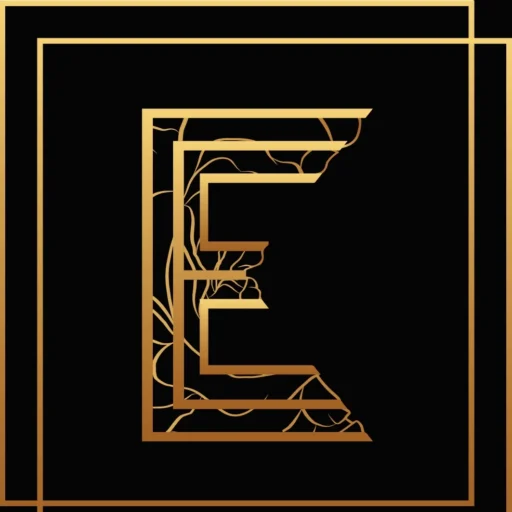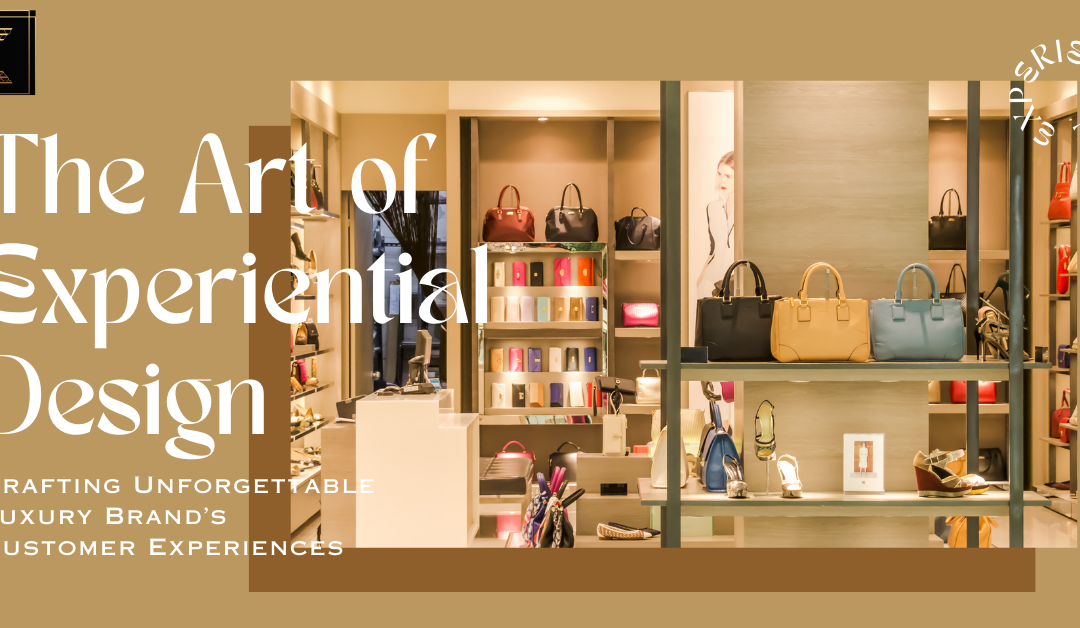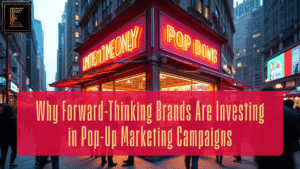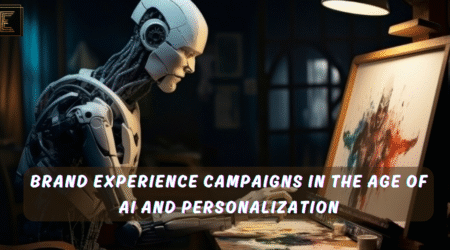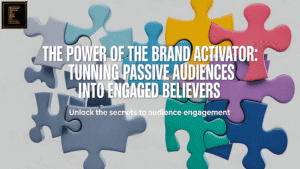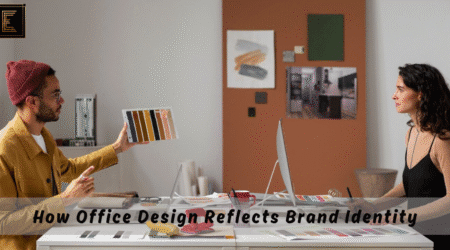In today’s competitive luxury market, creating an unforgettable customer experience is no longer an option—it’s a necessity. Consumers expect more than just premium products; they crave immersive, meaningful interactions that align with their lifestyle and aspirations. This is where the Art of Experiential Design comes into play, transforming luxury brand customer experiences into something truly extraordinary.
What is experiential design?
Experiential design is the process of creating immersive, engaging, and memorable experiences that connect people with a brand, space, or concept. It blends storytelling, sensory engagement, and interactive elements to evoke emotions and build deeper relationships with consumers.
In the luxury space, experiential design goes beyond aesthetics to craft personalized, multi-sensory experiences—such as exclusive events, immersive retail environments, or digital activations—that leave lasting impressions. It combines elements like architecture, technology, and customer interaction to create a seamless and unforgettable journey.
The Essence of Experiential Design in Luxury Branding
Experiential design is the art of curating multi-sensory experiences that engage, captivate, and emotionally connect consumers with a brand. For luxury brands, this means going beyond aesthetics and exclusivity to create interactions that foster deep brand loyalty and lasting impressions.
Whether through high-end pop-up events, personalized retail spaces, or digital experiences that evoke exclusivity, experiential design ensures that luxury brands remain relevant and desirable in the modern consumer landscape.
Key Elements of Luxury Brand Customer Experiences
1. Immersive Brand Storytelling
Every luxury brand has a rich history and philosophy that sets it apart. Translating this narrative into an experiential format—through flagship store design, digital storytelling, or interactive brand exhibitions—creates a deep emotional resonance with customers.
2. Personalization at Its Finest
Luxury consumers seek exclusivity and customization. Bespoke services, AI-driven recommendations, and one-on-one consultations are some ways brands can deliver hyper-personalized experiences.
3. Multi-Sensory Engagement
A successful experiential design engages multiple senses—sight, sound, touch, and even scent. Whether it’s the luxurious ambiance of a boutique or the exquisite packaging of a product, every detail plays a role in crafting a premium experience.
4. Seamless Integration of Technology
Cutting-edge technology, from AR/VR experiences to interactive digital concierge services, enhances customer engagement. For instance, virtual try-ons and 3D showrooms enable luxury brands to extend their reach beyond physical locations.
5. Exclusive VIP Experiences
Private previews, members-only events, and bespoke shopping appointments reinforce exclusivity, making loyal customers feel valued and privileged.
The Future of Luxury Brand Customer Experiences
With evolving consumer expectations, luxury brands must continuously innovate their experiential strategies. Sustainable luxury, ethical sourcing, and purpose-driven initiatives are becoming central to experiential design, appealing to the modern conscious consumer.
The Art of Experiential Design is about crafting a seamless blend of heritage, innovation, and emotion, ensuring that every customer interaction feels unique, exclusive, and unforgettable.
By investing in experiential design, luxury brands not only elevate their customer experiences but also strengthen their brand identity, foster deeper connections, and secure long-term loyalty in an ever-evolving market.
Conclusion
Luxury is no longer just about the product—it’s about the experience. The brands that master the Art of Experiential Design will be the ones that create truly memorable Luxury Brand Customer Experiences, setting themselves apart in a world where experience is the ultimate luxury.
FAQ
1. What is experiential design in luxury branding?
Experiential design in luxury branding refers to the strategic creation of immersive, multi-sensory experiences that emotionally connect consumers with a brand. It involves storytelling, personalization, and technology to craft unforgettable interactions.
2. How can experiential design enhance luxury brand customer experiences?
Experiential design enhances luxury brand customer experiences by engaging multiple senses, personalizing interactions, and leveraging innovative technologies. This fosters emotional connections, increases brand loyalty, and elevates the overall perception of exclusivity.
3. What role does technology play in experiential luxury design?
Technology plays a crucial role in experiential luxury design by enabling AR/VR experiences, AI-driven personalization, and interactive digital services. These innovations create seamless and engaging customer journeys both online and offline.
4. How do luxury brands create a sense of exclusivity through experiential design?
Luxury brands create exclusivity through VIP events, private shopping experiences, invitation-only previews, and limited-edition product launches. These strategies make customers feel special and strengthen their emotional bond with the brand.
5. What are some examples of successful experiential design in luxury branding?
Examples include Chanel’s immersive fashion exhibitions, Louis Vuitton’s pop-up concept stores, and Burberry’s tech-driven flagship stores. These experiences combine storytelling, personalization, and technology to redefine customer engagement.
6. How can a brand implement experiential design on a budget?
Smaller luxury brands can implement experiential design through personalized consultations, interactive social media campaigns, and curated in-store experiences. Digital strategies such as virtual styling sessions and behind-the-scenes content also enhance engagement cost-effectively.
